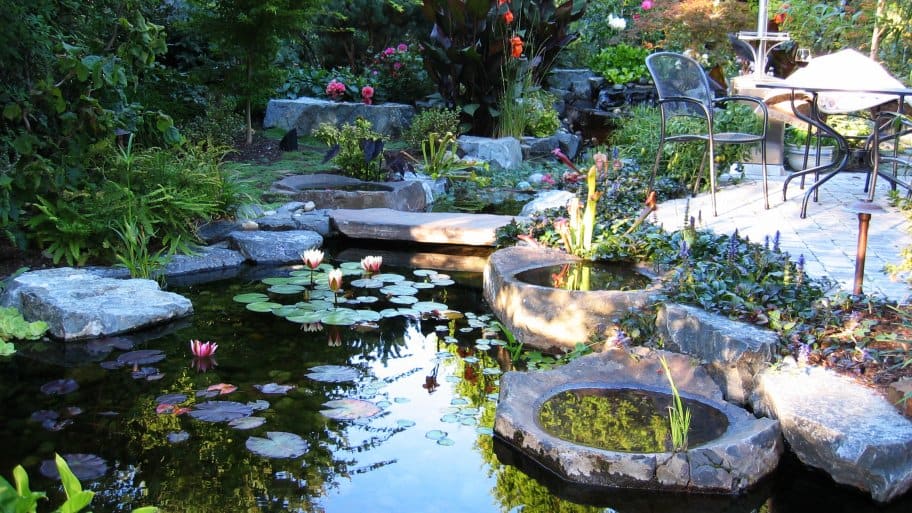
Ponds, streams, fountains and koi ponds: You’ve seen them at hotels, public venues and perhaps even at someone’s home. The clear water is beautiful and relaxing. You’ve decided that you want that for your home. You plan and build, then finally, you have the water feature you wanted. However, it looks cloudy and brown or green, not at all the look you were hoping to achieve. What went wrong? The key to clear water: lake aeration.
What Makes the Water Murky?
Water naturally contains minerals that may affect the clarity of the water. Soil and plants can also color the water feature. As plants decompose, they produce phosphates. Those particles of minerals, soil, and plants become suspended in the water, creating that cloudy, murky appearance. Algae occur naturally in all water and are not necessarily harmful. However, increased levels of phosphate can lead to an overgrowth, known as algae bloom, which can make the water visually unappealing and may also make it smell. Not only can it ruin the look and smell of your pond or lake, but it can become toxic to humans and fish.
How to Keep the Water Clear?
There are several ways to treat water in order to make it clearer. Aeration, literally adding more oxygen to the water, can help balance the algae population. Oxygen helps to break down waste, reducing the food that algae eat. Fountains can be both beautiful and functional for aeration. There are also special logs that can be placed in the water inlets that can help to filter out some of the particles that lead to the cloudy appearance.
Ponds and lakes may eventually clear on their own. However, if not treated appropriately, the problem could get worse. If you have fish, they could die if the water becomes stagnant or overrun with algae. Invest in a professional to help you decide the best way to keep your water feature beautiful, healthy and enjoyable.